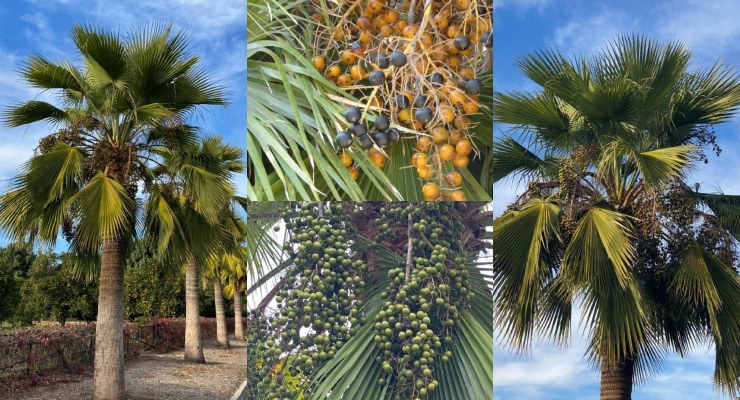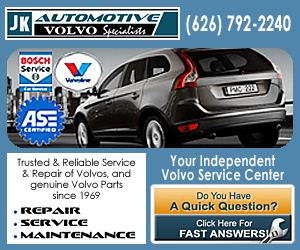
Each month, Pasadena Beautiful Tree Program Chair Emina Darakjy presents a ‘tree of the month’ in order to educate Pasadenans about the trees around them. Many people drive by trees they admire, but have no idea what they are called, or what their growing habits are. Pasadena Beautiful was founded in 1960 by a group of volunteers who saw a need to beautify their city and enhance its tree canopy.
The Guadalupe palm, which belongs to the Arecaceae family, is a slow-growing palm that can reach up to 30 feet tall with a 20 foot spread.
It is native to Guadalupe Island and Mexico. The trunk is light gray in color, highly fissured, and exhibits horizontal ridges. It self-cleans itself, giving it a smooth appearance.
The foliage is evergreen, palmate, and light, vivid green year-round. Unlike other palm varieties, the Guadalupe palm does not require pruning because the dead leaves (fronds) drop off on their own. It also does not have a skirt. The fronds of this palm are very large and smooth, giving it a dramatic and exotic appearance.
The flowers are perfect, meaning they contain both male and female parts. They are cream-colored, fragrant and appear in March. The large clusters of round edible fruit that follow are green at first, turning yellow, then dark black when ripe. The fruit has a sweet molasses taste, and is sometimes compared to dates.
The Guadalupe palm is cold hearty, allowing it to grow in places like Georgia and Washington, as it tolerates poor but dry soil conditions. It requires full sun and can withstand both wind and drought conditions.
The Guadalupe palm can be planted in narrow parkways 2 – 3’ feet wide and is suitable for planting under power lines because of its slow-growing habit. It is a beautiful palm when planted as a street tree in parkways, medians, in a park, or a garden
The Guadalupe palm can be propagated from seeds and is not susceptible to any known diseases or pests.
Unfortunately, this palm is becoming almost extinct in the wild as a result of the non-native goats that were brought to Guadalupe Island in the 1800’s by early European settlers. The goats escaped and their numbers grew quickly. To survive, they started eating not only the fruit when it dropped to the ground but they also would devour all the ones that managed to sprout.
Since 2005 the Mexican Government has embarked on a large-scale effort to try and eradicate these goats in order to preserve these palms and all other vegetation on the island.











